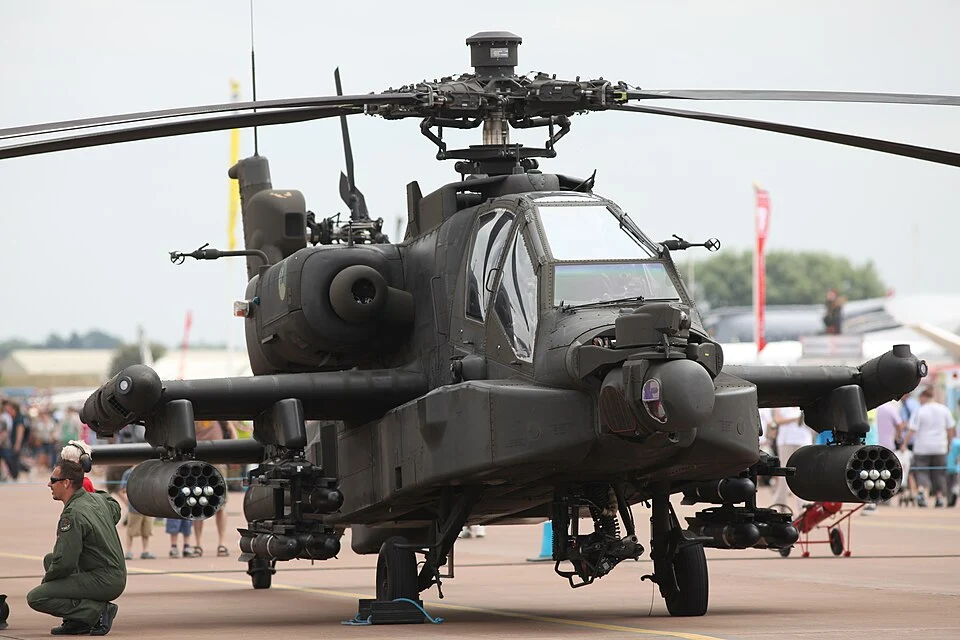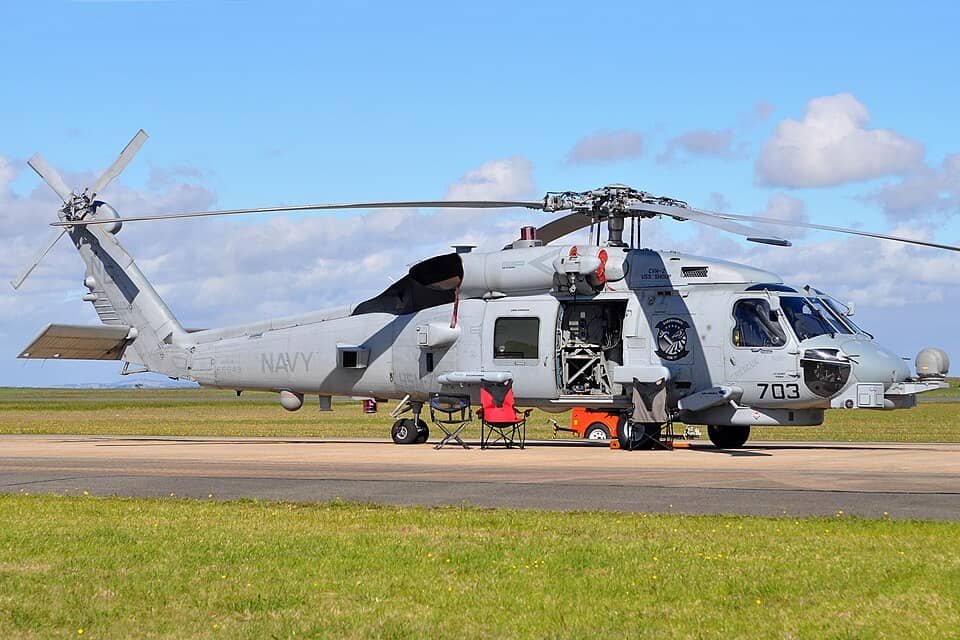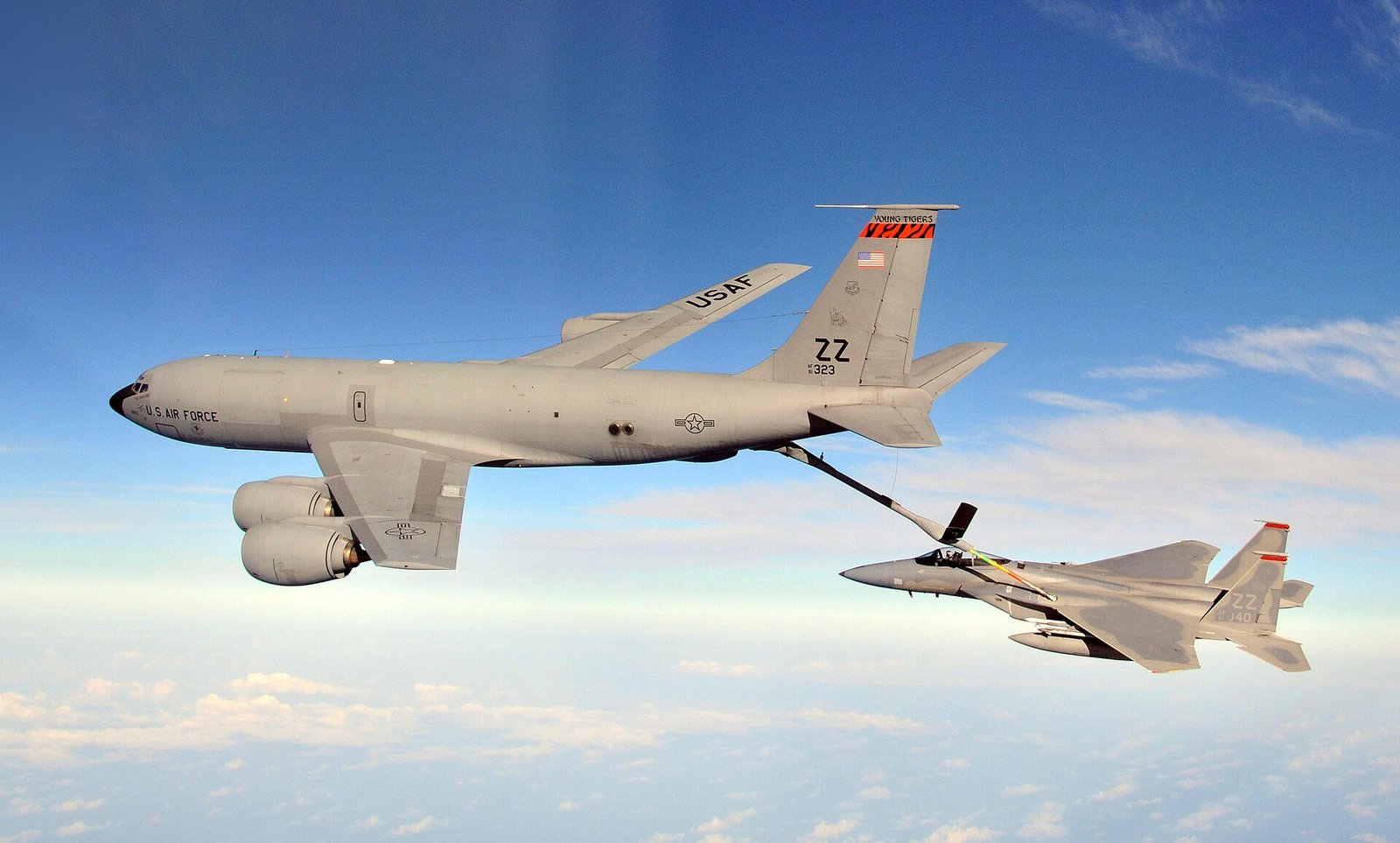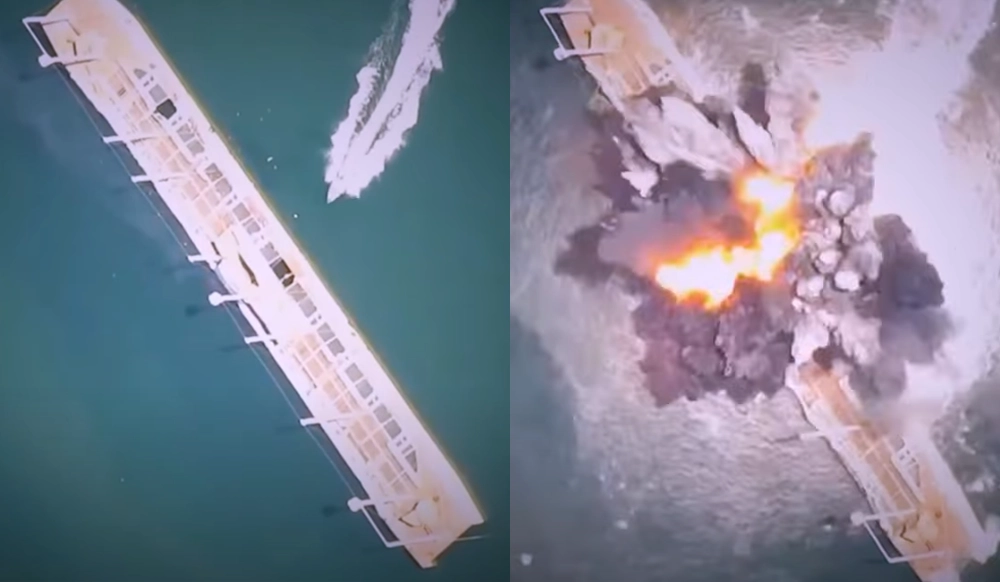Expanded Overview of India’s C-295M Procurement and Global Context
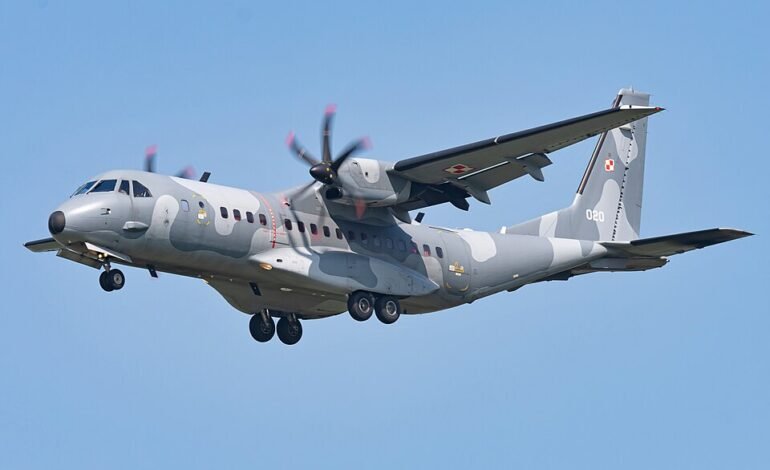
The Indian Air Force (IAF) is advancing its fleet modernization by planning to procure an additional 50 Airbus C-295M transport aircraft, as reported in defense circles. This expansion would complement the existing contract for 56 C-295M units, potentially elevating India’s total acquisition to 106 aircraft. The initiative is driven by the need to replace the aging Antonov An-32 fleet, which has been a cornerstone of India’s tactical airlift capabilities since the 1980s.
These Soviet-era planes, numbering around 100 in service, are scheduled for phased retirement beginning in 2031-32 due to escalating maintenance demands and airframe fatigue. The An-32s have excelled in diverse roles, including troop transport, logistics support in high-altitude terrains like Ladakh, and humanitarian missions, but their limitations in modern avionics and efficiency necessitate a upgrade.
The C-295M emerges as an ideal successor, boasting a payload capacity of 5-10 tons (up to 9.25 tons maximum), advanced avionics, and fuel-efficient Pratt & Whitney PW127G turboprop engines that enhance operational range to approximately 5,000 km when lightly loaded. Its digital cockpit and short takeoff and landing (STOL) capabilities make it versatile for austere environments, accommodating up to 71 troops, 50 paratroopers, or equivalent cargo configurations.
This aircraft is particularly suited for India’s strategic needs, such as rapid deployment along the LAC and LoC, disaster relief operations, and medical evacuations. Under the current deal signed in 2021, 16 units are being delivered directly from Airbus’s facility in Spain, with the remaining 40 assembled in India by Tata Advanced Systems Limited (TASL) in Vadodara, Gujarat—marking the first private-sector final assembly line for military aircraft in the country.
The first Indian-built C-295 is expected to roll out by September 2026, with full deliveries completed by 2031, fostering local aerospace expertise and supply chain development under the ‘Make in India’ framework.
In parallel, the IAF is broadening its Medium Transport Aircraft (MTA) strategy to encompass replacements for not only the An-32 but also the heavier Ilyushin Il-76, which handles up to 60 tons for strategic airlift and has been operational since the 1980s. A forthcoming tender for 70-80 aircraft with 40-ton payload capabilities is on the horizon, distinguishing it from the lighter C-295M program.
Suggested Read- New Zealand’s Defense Upgrades: Acquiring MH-60R Helicopters and A321XLR Aircraft
Potential competitors include the Airbus A400M (37-ton capacity), the Lockheed Martin C-130J-30 Super Hercules (20-22 tons, with upgrade potential), and the Embraer C-390 Millennium (26 tons). This procurement will likely mandate significant local production, mirroring the C-295M model to bolster India’s defense manufacturing ecosystem.
Global Operators and Service Statistics
The Airbus C-295, originally developed by CASA (now part of Airbus Defence and Space), has solidified its position as the leading medium tactical transport aircraft since entering service in 2001. As of 2025, over 230 units have been produced, with estimates placing around 250 in active service worldwide across military and specialized roles.
Citation Sources- C295 hits 300 orders: The story of a global leader
The fleet has accumulated more than 600,000 flight hours, demonstrating exceptional reliability in extreme conditions—from desert operations to arctic patrols. With total orders surpassing 300 from 41 operators in 37 countries spanning Europe, the Americas, Africa, and Asia, the C-295 holds over 80% of the market share in its category. Notably, 19 operators have placed repeat orders, underscoring its value.
Key operators include:
| Country | Number in Service/Delivered | Variants/Notes |
|---|---|---|
| Egypt | 21 | Largest operator; used for transport and surveillance. |
| India | 16 delivered (out of 56 ordered) | C-295MW; additional maritime variants planned. |
| Poland | 17 (multiple orders since 2001) | Transport and maritime patrol; based at various airbases. |
| Canada | 8 (out of 16 ordered) | CC-295 Kingfisher; operational since May 2025 for search and rescue. |
| Brazil | 13 (plans for up to 15) | C-105A Amazonas; used for Amazon region logistics. |
| Kazakhstan | 8 (ninth ordered) | Transport configuration; third unit added recently. |
| Colombia | 6 | All delivered by 2015; multi-role operations. |
| Czech Republic | 6 | Delivered by 2017; stationed at Kbely Air Force Base. |
| Spain | 9+ (launch customer; 16 more approved) | Includes maritime patrol and surveillance variants. |
| Others (e.g., Algeria, Angola, Indonesia) | Varies (2-8 per country) | Licensed production in Indonesia; recent deliveries to Angola and Brunei. |
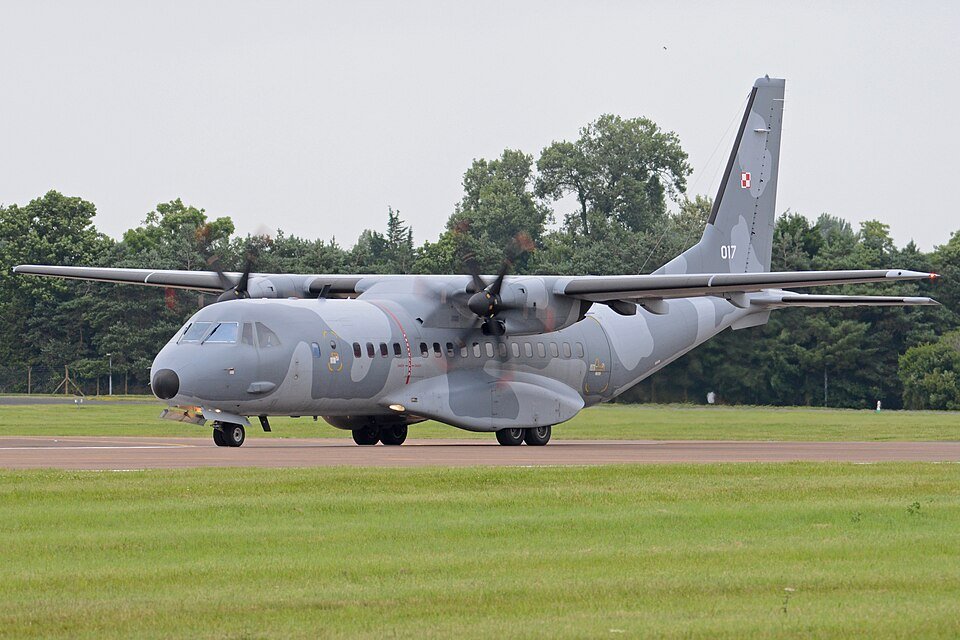
Other notable customers encompass Angola (3 ordered, first delivered in 2025), Brunei (4 ordered, 2 delivered by 2024), Ireland (3 ordered, with third due in 2025), Saudi Arabia (4), and Serbia (2 delivered by 2023). The aircraft’s variants extend to maritime patrol (MPA), signals intelligence (SIGINT), and search-and-rescue, broadening its appeal.
Citation Sources- India in talks for 10 more Airbus C-295 Aircraft
Future Orders and Market Trajectory
Looking ahead, the C-295’s order book remains robust. India is in discussions for 10 additional units beyond the initial 56, plus 15 maritime variants (9 for the Navy and 6 for the Coast Guard) approved in 2024. Globally, recent commitments include Kazakhstan’s third unit, Angola’s three-aircraft deal, Spain’s 16 C295W (6 MPA, 10 maritime surveillance), and Ireland’s expansion. Airbus aims to leverage India’s production line for exports, potentially positioning Vadodara as a hub for international sales. With ongoing interest from emerging markets, total orders could climb further, supported by the aircraft’s cost-effectiveness and adaptability.
Comparative Analysis: Similar Aircraft in Regional Rivals
In the context of regional dynamics, China’s People’s Liberation Army Air Force (PLAAF) employs several transport aircraft for analogous tactical and strategic roles. The Shaanxi Y-9, a medium-lift turboprop with a 25-ton payload and 7,800 km range, serves as a primary tactical transporter, akin to the C-130 but larger than the C-295. It supports troop deployment, cargo haulage, and electronic warfare, with over 50 in service. For heavier duties, the Xi’an Y-20 Kunpeng—a strategic airlifter comparable to the U.S.
Citation Sources- C-295 Air Marshall Perspective
C-17—handles up to 66 tons and has revolutionized China’s long-range projection, with production ramping up to transform airlift capabilities over the next decade. Smaller options include the Y-8 (20-ton payload, based on the An-12) and Y-7 (5.5 tons, an An-24 copy), which fill lighter tactical niches similar to the C-295. China’s fleet emphasizes indigenous development, with the Y-20 often critiqued for design similarities to Western models but praised for enhancing rapid mobilization.
Pakistan Air Force (PAF), meanwhile, operates a mix of Western and Chinese-origin transports. The CASA CN-235, a direct predecessor to the C-295 with a 6-ton payload and capacity for 40 troops, remains in service with 4 units, handling tactical airlift and maritime patrol. For medium roles, the Lockheed C-130 Hercules (16 units) provides robust 20-ton capacity, used extensively for logistics and ISR operations, including modifications for day/night missions. Additional assets include the Harbin Y-12 (2 units, light transport) and Saab 2000 (1 unit), supplemented by Ilyushin Il-78 tankers for aerial refueling that double as transports. Pakistan’s inventory, totaling around 20-25 transport aircraft, focuses on cost-effective, multi-role platforms amid budget constraints, with recent acquisitions like Turkish-delivered C-130s enhancing capabilities.
This comparative landscape highlights how India’s C-295M buildup not only addresses domestic needs but also positions it competitively against regional peers, emphasizing versatility and local production in an evolving geopolitical environment.
Citation Sources- List of Active Pakistan Air Force Aircraft
Production and Operational Insights
Production of the C-295 involves Airbus’s Seville facility in Spain, with licensed assembly in Indonesia by Indonesian Aerospace and now in India by TASL. The aircraft’s modular design allows for quick reconfiguration, contributing to its high dispatch reliability rate of over 98%. In service, it has proven indispensable in real-world scenarios, from humanitarian aid in disaster zones to anti-submarine warfare in maritime variants. As orders grow, Airbus anticipates sustained demand, particularly in Asia and Africa, where infrastructure challenges favor STOL-capable platforms.
| Aircraft Model | Operator | Payload (tons) | Range (km) | In Service (Approx.) | Key Roles |
|---|---|---|---|---|---|
| C-295M | Various (e.g., India, Egypt) | 5-10 | 5,000 | 250+ worldwide | Tactical transport, MPA, SIGINT |
| Shaanxi Y-9 | China (PLAAF) | 25 | 7,800 | 50+ | Medium airlift, EW, troop transport |
| Xi’an Y-20 | China (PLAAF) | 66 | 7,800+ | 50-60 (growing) | Strategic heavy-lift, tanker variants |
| CASA CN-235 | Pakistan (PAF) | 6 | 4,355 | 4 | Light tactical transport, maritime patrol |
| Lockheed C-130 | Pakistan (PAF) | 20 | 3,800 | 16 | Medium airlift, ISR, logistics |
In summary, India’s strategic investment in the C-295M not only rejuvenates its air transport fleet but also aligns with global trends, where this aircraft’s efficiency continues to attract operators amid shifting defense priorities.
Explore More- Airforce c295





